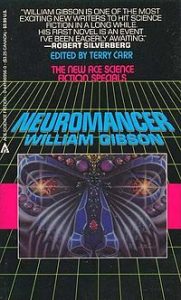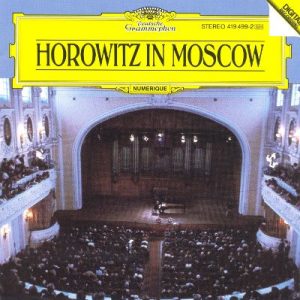Hair
Musical – book and lyrics by James Rado and Gerome Ragni and music by Galt MacDermot
Nope, I did not see Hair‘s original Broadway run in the 60s. I never saw a touring production, though I know someone who toured Europe as part of the cast. That sounded pretty cool as he had to be about twenty when he did it and that was my age.
I heard the musical mentioned in the same breath as Oh! Calcutta! as stage productions of questionable value. They both featured nudity, after all. My recollection was that some sort of sideways comment was found in the pages of Time magazine. It took me a while to put together the slew of hit songs on my radio with the musical. I could not believe a current band would cover songs from a Broadway show. That was supposed to be music on the oldies station.
I saw the movie adaptation in ’79 or ’80, but that only raised more questions. Nothing seemed so objectionable anymore, did it?
Anyway, by the time of the 2009 Broadway revival, I knew enough to like the show. Serendipity meant I was in Manhattan with family. We decided to try and see a show and ended up with same-day tickets to Hair. As we waited for the show to start and I looked at my teenage son, only then did I remember those comments about the content from my youth.
Naturally, the nude scene passes in a moment- don’t blink. Of course, such condemnation for so little is a useful tactic. From a promotional side, you may manage to drive some sales to the curious. Moreover, any publicity is good publicity.
On the other hand,
Hair is driven by commentary on race and sex and politics and… Everything about the poster warned people that it was a “psychedelic” musical. This was the counter-culture in all its glory, right here on Broadway. Every bit of nervousness in an Op-Ed contributor could be summarized with a simple reference to the squalor that had taken over the great theaters of our nation.

Basically, more publicity.
And silliness, of course. We don’t argue these days so much about the appropriateness of a multi-racial cast portraying our founding fathers, commenting on similar issues as Hair.
By the time our art reaches the universal consciousness that it can suffer reference in national discussions, it has been co-opted, I fear. The Book of Mormon, Hamilton, Hair, Jesus Christ Superstar, and much of Shakespeare barely cause ripples as far as provoking real discussion about the issues that are openly addressed on stage.
We go to the theater for entertainment. For the most part, we like a little intelligence in our art (really, we seem to), so we accept “issues” in our drama. But we are so inured to acting and staged stories that we automatically divide ourselves from the issue.
I think the merit ends up being the parts that slide in below the surface. The politics and the music styles of Hamilton may mean less than being encouraged to see the other in the familiar. For me, Hair was one more step toward recognizing that art transcended era.
What’s it all about?
You’ve Got to Check This Out is a blog series about music, words, and all sorts of artistic matters. It started with an explanation. 168 more to go.
New additions to You’ve Got to Check This Out release regularly. Also, free humor, short works, and poetry post irregularly. Receive notifications on Facebook by friending or following Craig.
Images may be subject to copyright.

